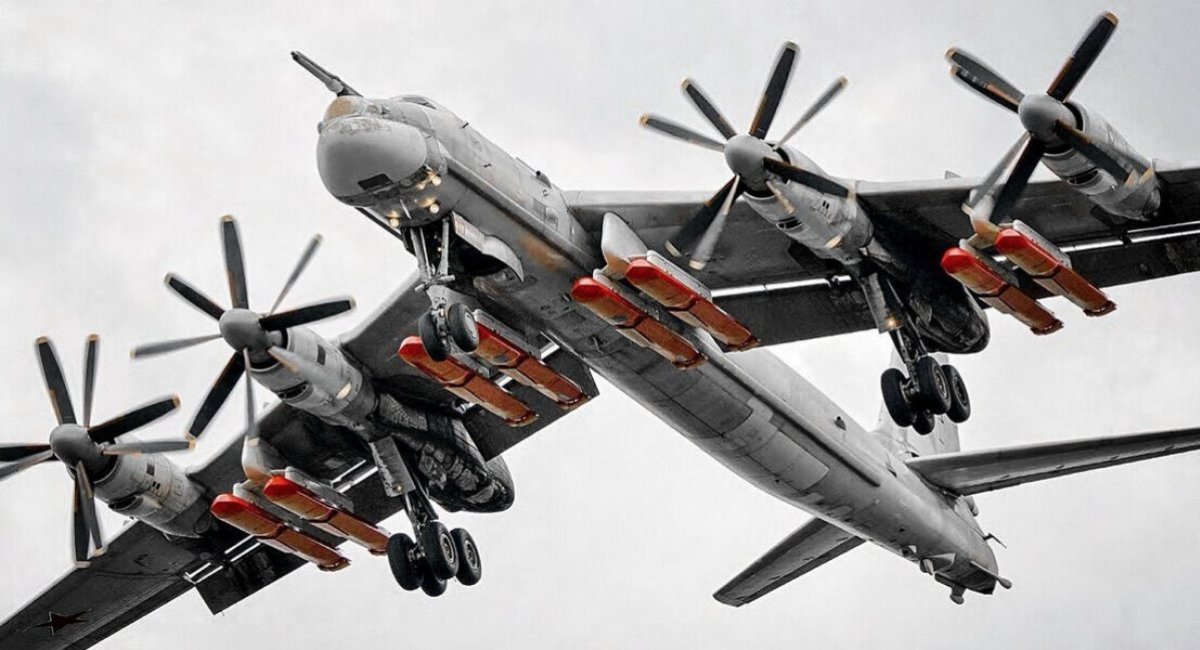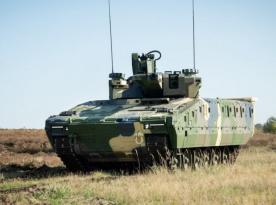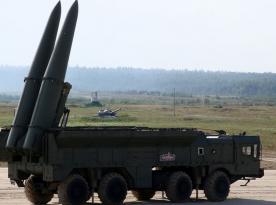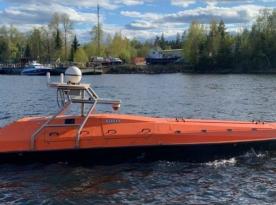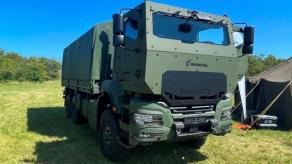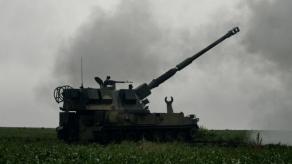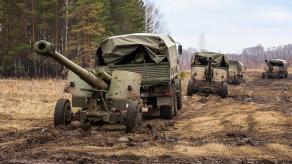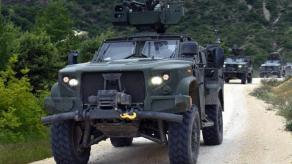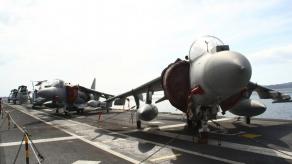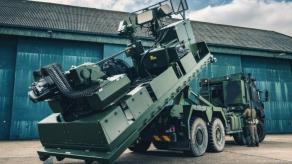Despite repeated claims by russian officials about significantly expanding arms production, especially long-range air-launched cruise missiles like the Kh-101, new findings suggest that results fall short of their declarations
A detailed investigation by the private intelligence company Dallas analyzed the operations of TRV-Engineering, a key supplier of foreign components for russia’s Tactical Rocketry Corporation (KTRV).
Read more: russia Spent 20 Years Developing the Kh-101 Missile for Tu-95MS — How Long Will a JASSM Analog for Su-57 Take?
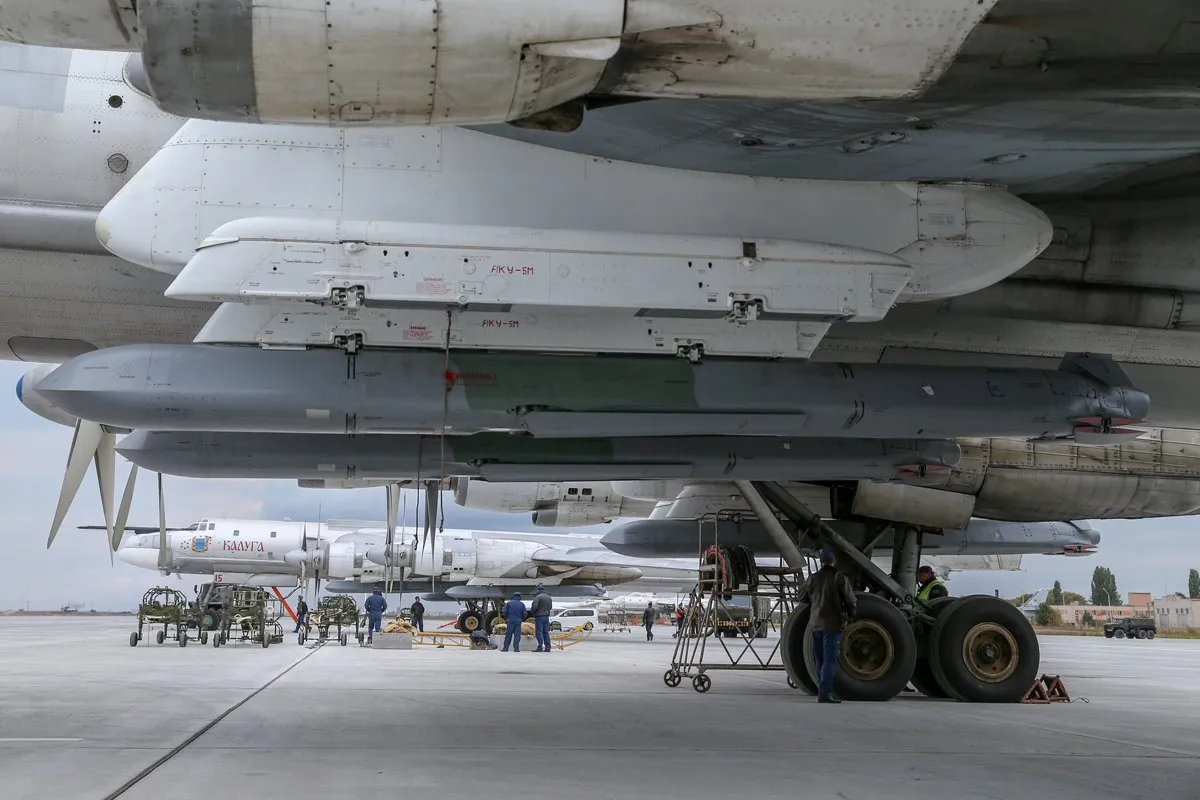
This company is responsible for securing critical imported components used in guided aerial bombs, cruise missiles, and other precision weapons. The research also reveals a critical dependence on electronics supplied by the Belarusian Integral plant, as well as tantalum sourced from Kazakhstan or China.
Another important element of the study is the estimate of Kh-101 missile production based on procurement documentation. According to the analysis, KTRV plans to produce 633 Kh-101 cruise missiles in 2025. Notably, russia typically plans component procurement two years in advance. This means that current production uses parts ordered in 2023, while orders for 2026 are already being placed. For example, contracts for 223 missiles have already been recorded for that year.
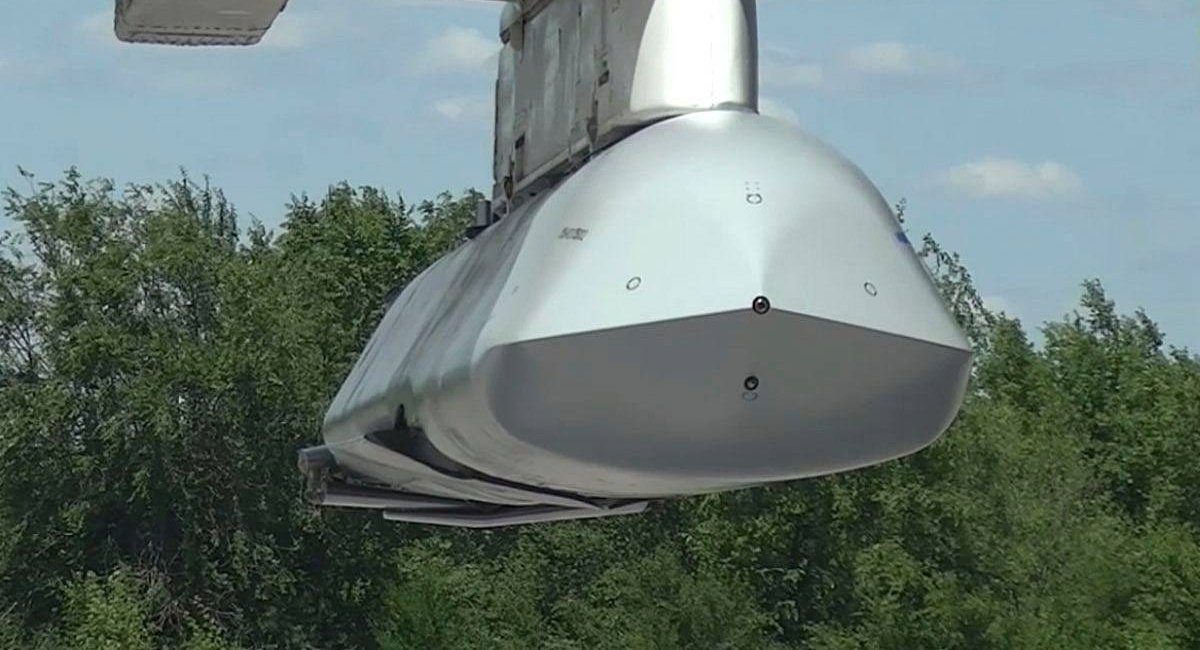
This target suggests a planned monthly output of approximately 53 missiles in 2025. These figures align with estimates from the Defense Intelligence of Ukraine (DIU). As of April 2024, DIU reported a monthly production rate of 40 Kh-101 missiles, which had increased to about 50 per month by July.
For comparison:
- In 2023, russia produced approximately 460 Kh-101 missiles, averaging 38 per month.
- In 2022, production reached 250–260 units, with an average of 21–22 per month.
This production growth was achieved by shifting from peacetime manufacturing to a wartime model, primarily by implementing multi-shift operations. However, the figures indicate that russia has now likely hit a “glass ceiling” in scaling production further.
Read more: How Cluster Kh-101 Cruise Missile Looks Like and Why It’s So Dangerous




